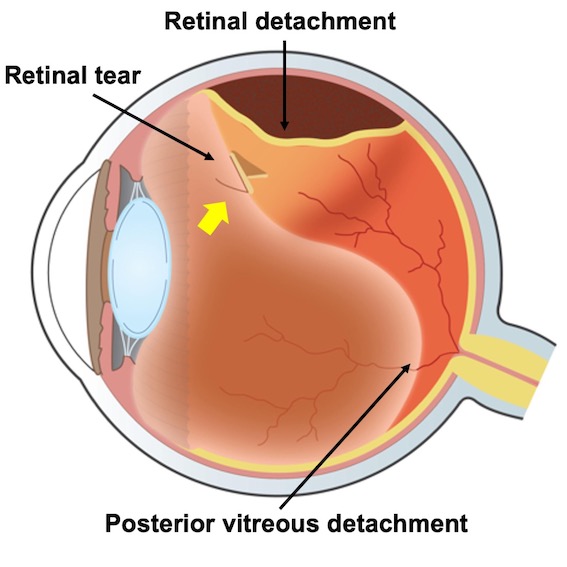

These cases include those with extensive particles or clouds of debris in the vitreous cavity that move in and out of vision. However, some patients have vitreous opacities serious enough to consider surgical removal. Reassurance from a physician that the floaters have been evaluated and raise no threat to vision can be very helpful. Many patients with mild floaters who are bothered can be persuaded to learn to ignore the finding. Both of these groups of patients are generally observed without intervention. On the other hand, some patients have severe vitreous opacities visible on exam, but have no symptoms. If a patient complains of floaters, but these cannot be confirmed on clinical exam, the need for surgery would be brought into question. Other ways to evaluate floaters include optical coherence tomography (OCT), B-scan ultrasound, and retinal photography.Ī decision to treat is based on patient complaints, symptoms, and exam findings. This is the most valuable and reliable way to observe floaters that a patient is seeing. Vitreous opacities-the cause of symptomatic floaters- are detected by clinical examination with pupil dilation. Previous cataract surgery can increase the perception of floaters.

There are many risk factors for vitreous floaters, including:


 0 kommentar(er)
0 kommentar(er)
